Are you ready to embark on an adventure of a lifetime? South America offers solo travelers a kaleidoscope of experiences—from breathtaking landscapes to rich cultural encounters. While many flock to popular spots like Machu Picchu or Rio de Janeiro, this article highlights lesser-known gems perfect for solo adventurers. Ready to uncover these treasures?
Table of Contents
Benefits of Solo Travel in South America
Cultural Immersion
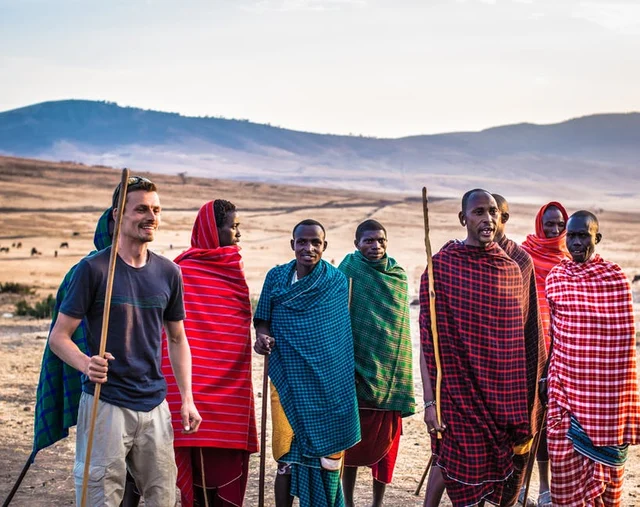
Traveling solo allows you to deeply connect with local cultures. Without the distraction of companions, you can fully absorb the languages, traditions, and daily lives of people you meet.
Personal Growth

Navigating a new continent on your own can be empowering. South America’s diverse challenges and surprises will help you grow and develop resilience.
Affordability and Accessibility

South America is known for its budget-friendly options. Affordable accommodations, delicious street food, and reliable public transport make it ideal for solo travelers.
Preparation for Solo Travel
Essential Travel Tips

- Research your destinations thoroughly.
- Learn basic Spanish or Portuguese phrases.
- Use reliable travel apps for navigation and accommodation.
Safety Measures
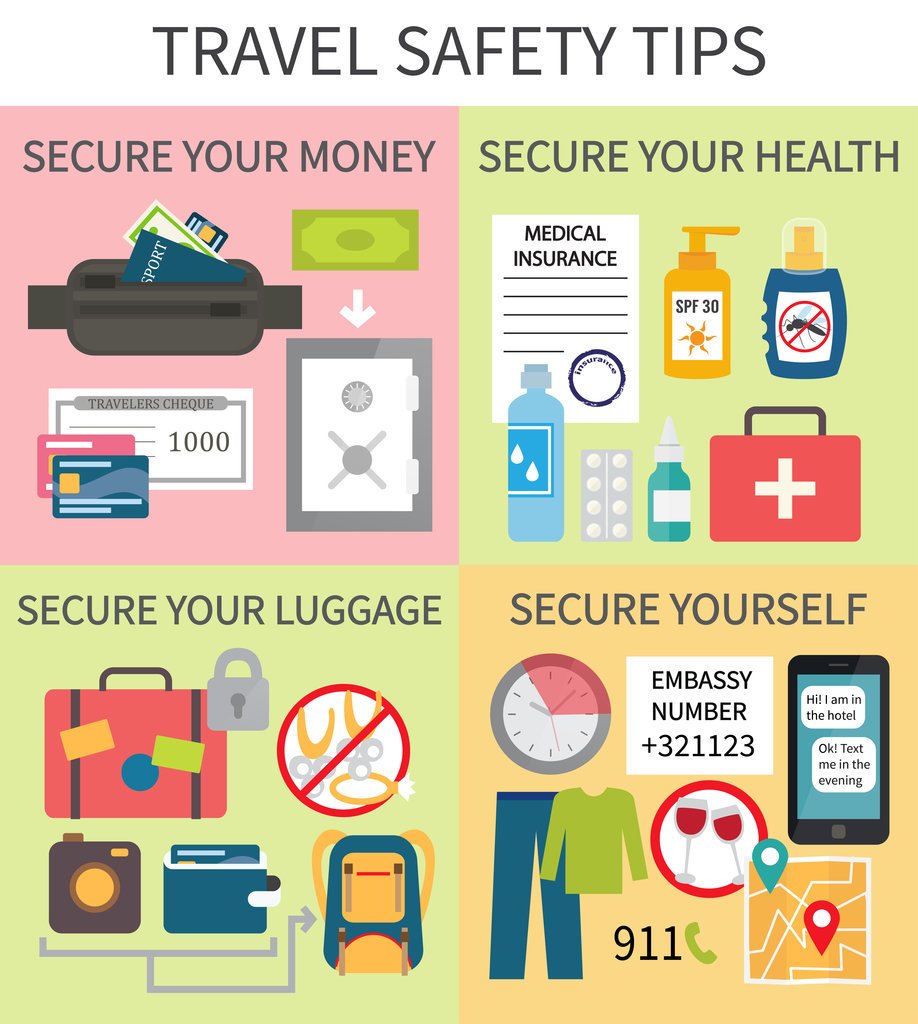
- Avoid isolated areas at night.
- Keep your belongings secure.
- Share your itinerary with a trusted friend or family member.
Packing Essentials

- Lightweight clothing for diverse climates
- A good travel guidebook
- Reusable water bottles and eco-friendly toiletries
Unique Solo Travel Destinations in South America
The Tranquility of Cafayate, Argentina

Tucked away in the northwest of Argentina, Cafayate is a wine lover’s paradise. Its stunning vineyards, colorful rock formations, and welcoming locals make it a serene escape for solo travelers. Don’t miss the Quebrada de las Conchas, a natural wonder worth exploring.
The Mystique of Salar de Uyuni, Bolivia
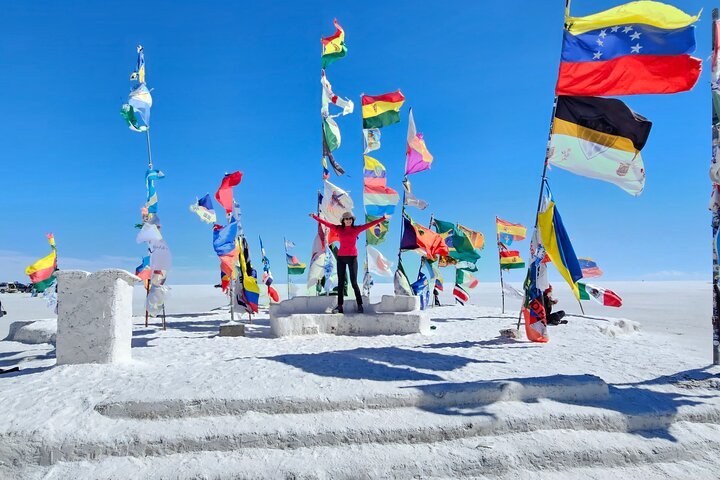
The world’s largest salt flat, Salar de Uyuni, is a surreal experience. Walking across this vast white expanse feels like stepping into another world. Join a small tour group or explore solo to capture its ethereal beauty.
The Colorful Streets of Valparaíso, Chile
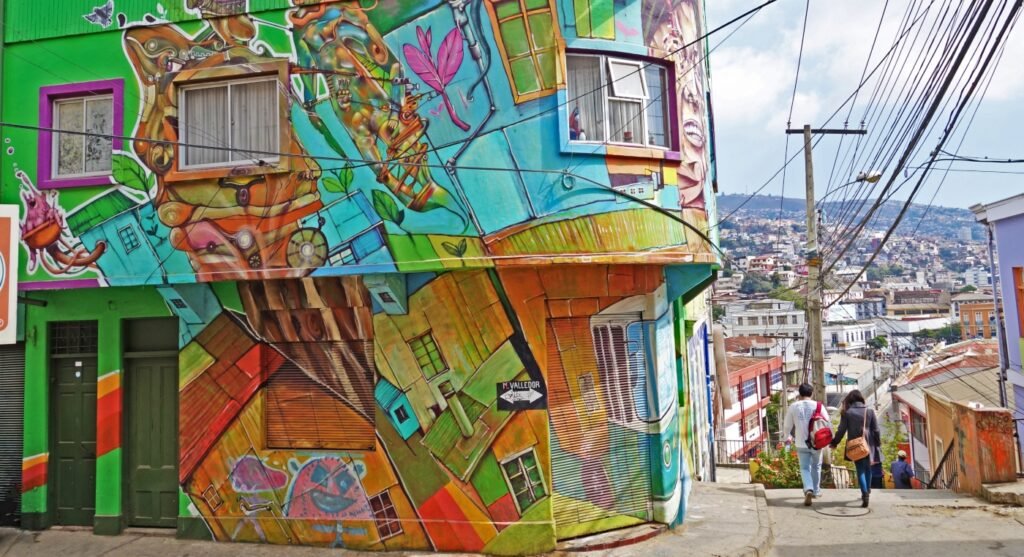
This port city is a haven for art lovers. Its vibrant murals, steep funiculars, and bohemian vibe invite solo wanderers to lose themselves in its charm. Grab a coffee, stroll through the hills, and soak in the creativity.
The Charm of Minca, Colombia
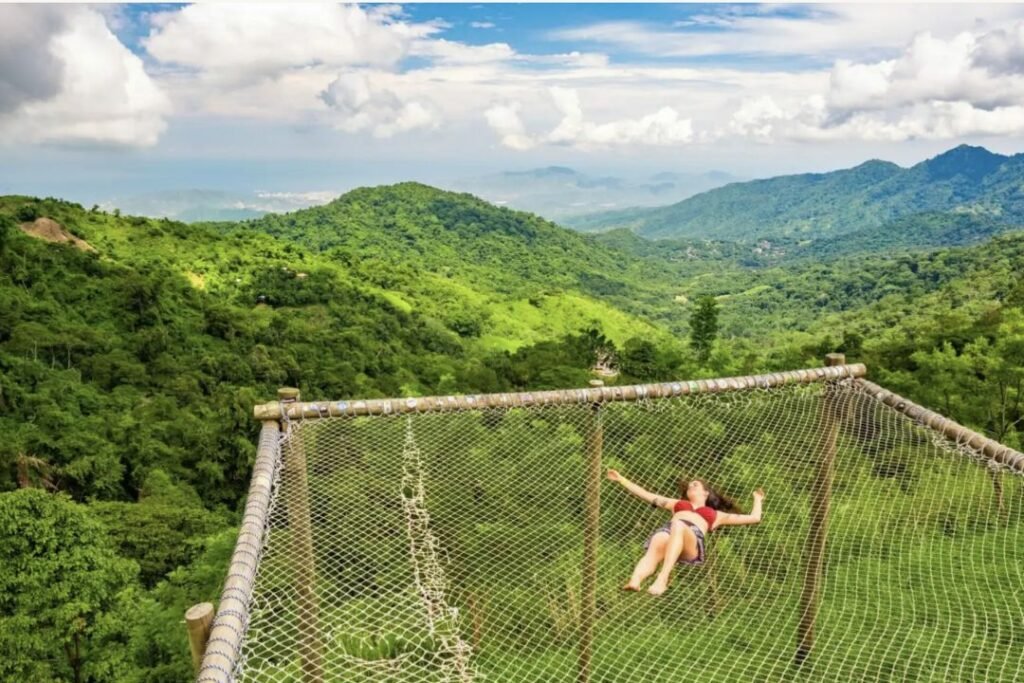
Nestled in the Sierra Nevada mountains, Minca offers lush forests, waterfalls, and a peaceful atmosphere. Enjoy hiking trails, visit coffee farms, or simply relax in a hammock overlooking the valley.
The Cultural Richness of Cuenca, Ecuador
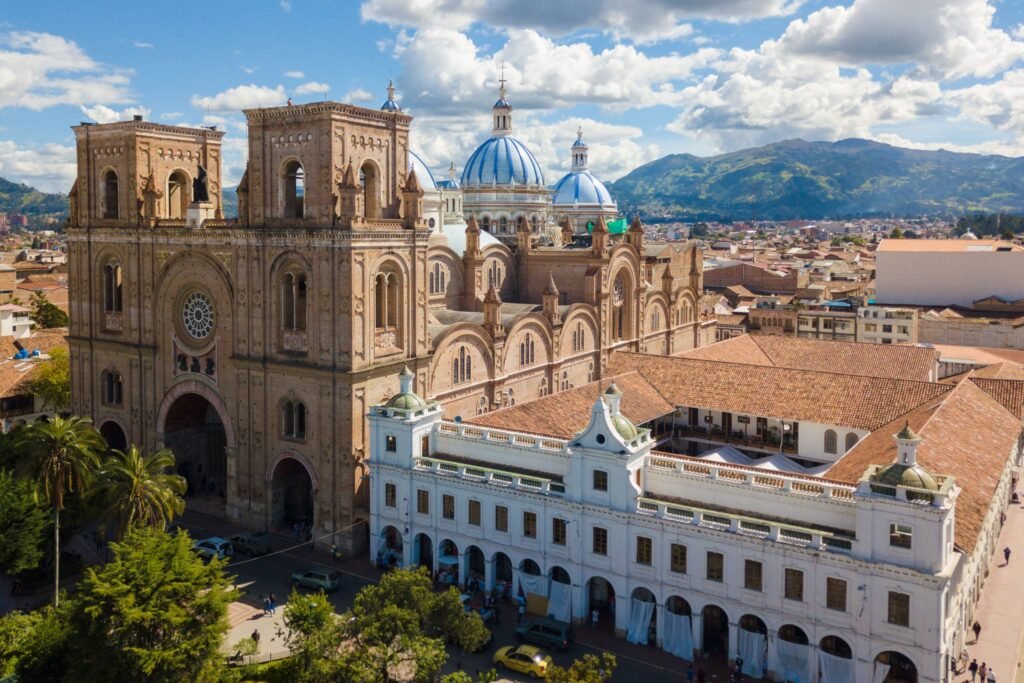
A UNESCO World Heritage site, Cuenca boasts cobblestone streets, colonial architecture, and a lively artisan market. It’s easy to navigate on foot and offers plenty of opportunities to engage with locals.
The Remote Beauty of the Atacama Desert, Chile
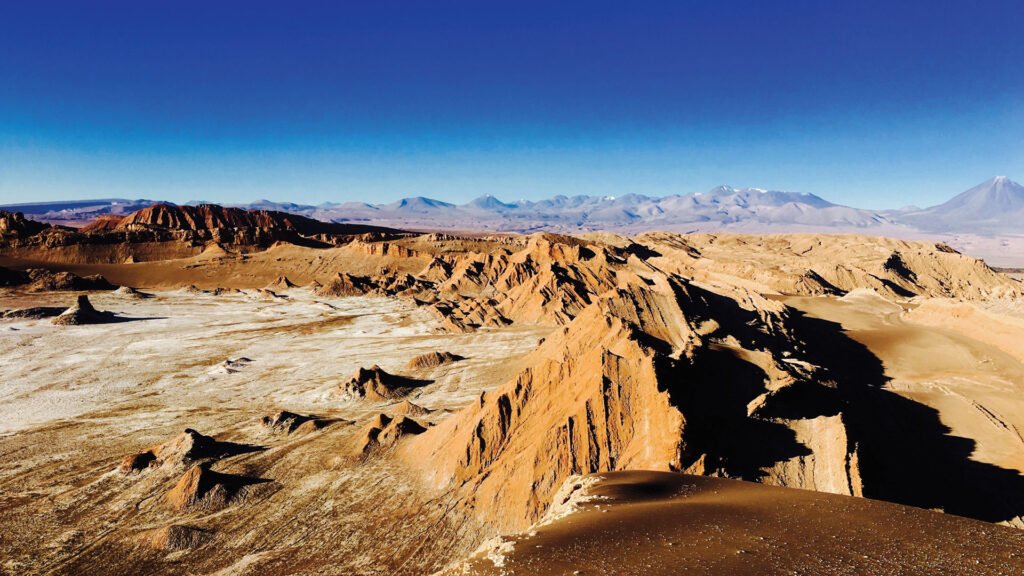
Known as the driest place on Earth, the Atacama Desert stuns with its stark landscapes and crystal-clear night skies. Stargazing tours and solo treks make this a magical destination.
The Adventure of Rurrenabaque, Bolivia
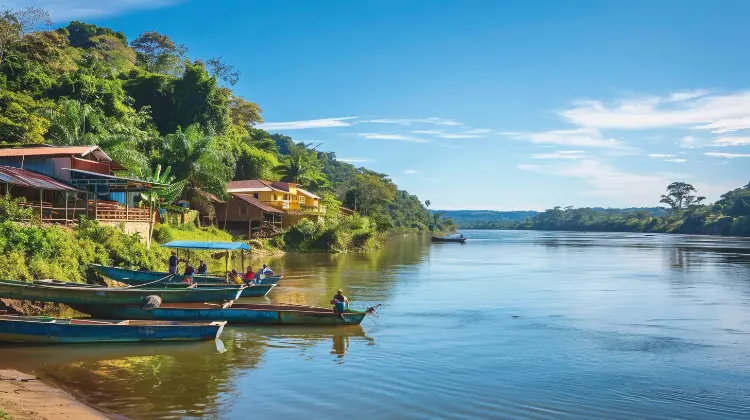
As a gateway to the Amazon rainforest, Rurrenabaque is a haven for eco-tourism. Explore the rainforest on guided tours, or relax in this small, friendly town surrounded by nature.
The Allure of Punta del Diablo, Uruguay
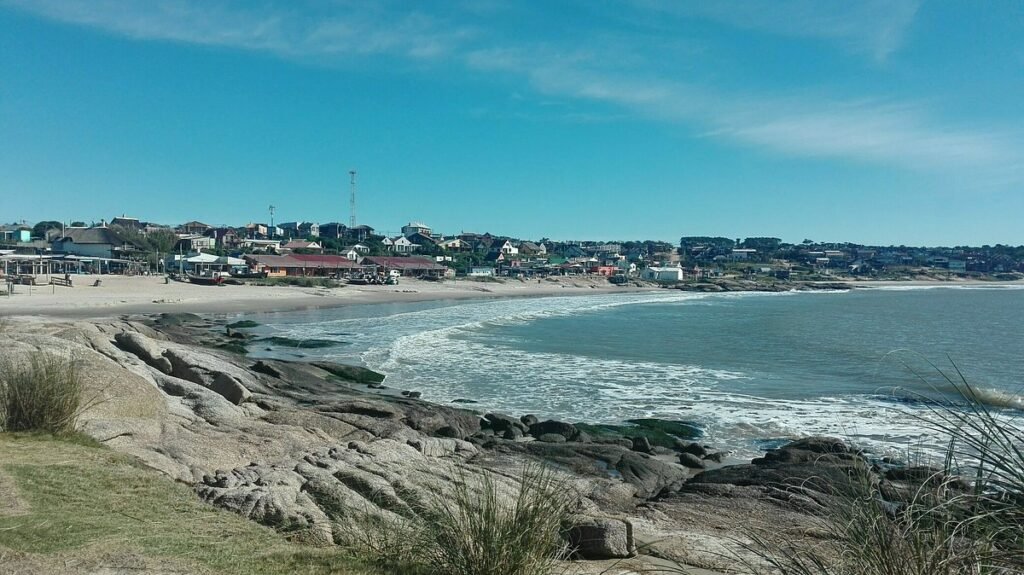
This laid-back fishing village is perfect for unwinding. With pristine beaches, surf spots, and cozy hostels, it’s a fantastic place for solo travelers to meet fellow adventurers.
Food and Local Experiences

Sample the best of South American cuisine, from empanadas in Argentina to ceviche in Peru. Don’t be shy about joining local cooking classes or food tours—they’re a great way to bond with locals and other travelers.
Overcoming Challenges of Solo Travel
Dealing with Language Barriers

Learn essential phrases or use language translation apps to bridge communication gaps.
Staying Connected

Invest in a local SIM card or portable Wi-Fi device to stay connected and navigate easily.
Finding Community on the Road
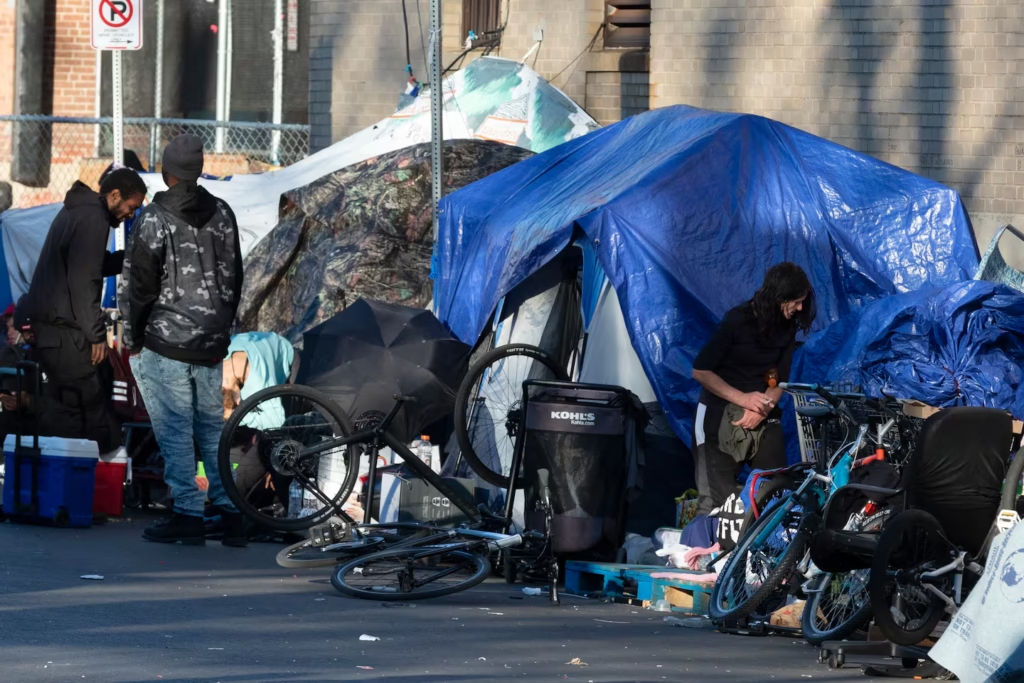
Stay in hostels or join group tours to meet like-minded travelers. Online forums and apps can also connect you with others.
Budgeting for Solo Travel
Cost-Saving Tips

- Travel during the off-season.
- Eat at local markets instead of touristy spots.
- Use public transport whenever possible.
Affordable Accommodations

Hostels, guesthouses, and homestays are budget-friendly and offer social opportunities.
Transport Hacks

Look for long-distance buses or budget airlines for cheap travel between destinations.
Also Visit:
Ultimate Guide to Solo Travel Destinations in South America
Top 10 Solo Travel Destinations in South America for Adventurers
Navigating Southeast Asia: Budget Travel Tips for First-Time Travelers
Experience Luxury on a Budget Travel Tips for Southeast Asia
Budget Travel Tips for Southeast Asia: Navigating Public Transport
Conclusion
South America’s hidden gems offer solo travelers unforgettable experiences. Whether you seek adventure, serenity, or cultural immersion, this continent has something for everyone. So, pack your bags, embrace the unknown, and set off on an extraordinary journey.




